
Hobart ( HOH-bart; is the capital and most populous city of the island state of Tasmania, Australia. Located in Tasmania's south-east on the estuary of the River Derwent, it is the southernmost capital city in Australia. Despite containing nearly half of Tasmania's population, Hobart is the least-populated Australian state capital city, and second-smallest by population and area after Darwin if territories are taken into account. Its skyline is dominated by the 1,271-metre kunanyi / Mount Wellington, and its harbour forms the second-deepest natural port in the world, with much of the city's waterfront consisting of reclaimed land. The metropolitan area is often referred to as Greater Hobart, to differentiate it from the City of Hobart, one of the seven local government areas that cover the city. It has a mild maritime climate.

The River Derwent, also known as timtumili minanya in palawa kani, is a significant river and tidal estuary in Tasmania, Australia. It begins its journey as a freshwater river in the Central Highlands at Lake St Clair, descending over 700 metres (2,300 ft) across a distance of more than 200 kilometres (120 mi). At the settlement of New Norfolk in the Derwent Valley its waters become brackish, flowing through Hobart, the capital city of Tasmania, its seawater estuary eventually empties into Storm Bay and the Tasman Sea.
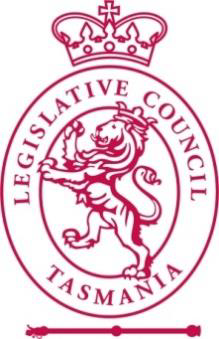
The Tasmanian Legislative Council is the upper house of the Parliament of Tasmania in Australia. It is one of the two chambers of the Parliament, the other being the House of Assembly. Both houses sit in Parliament House in the state capital, Hobart. Members of the Legislative Council are often referred to as MLCs.

Hobart City Council is a local government body in Tasmania, covering the central metropolitan area of the state capital, Hobart. The Hobart local government area has a population of 53,684 and includes the suburbs of West Hobart, Lenah Valley, Mount Stuart, South Hobart, New Town, Sandy Bay and most of Fern Tree, North Hobart and Mount Nelson.
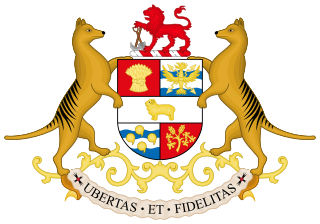
The Parliament of Tasmania is the bicameral legislature of the Australian state of Tasmania. It follows a Westminster-derived parliamentary system and consists of the governor of Tasmania, the Legislative Council, and the House of Assembly. Since 1841, the Legislative Council has met in Parliament House, Hobart, with the House of Assembly following suit from its establishment in 1856. The Parliament of Tasmania first met in 1856.

Sullivans Cove is on the River Derwent adjacent to the Hobart City Centre in Tasmania. It was the site of initial European settlement in the area, and the location of the earlier components of the Port of Hobart.
Trial Harbour is a rural locality in the local government area (LGA) of West Coast in the North-west and west LGA region of Tasmania. The locality is about 20 kilometres (12 mi) south-west of the town of Zeehan. The 2016 census has a population of 24 for the state suburb of Trial Harbour.
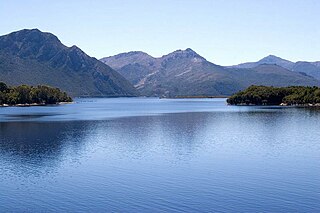
Mount Owen is a mountain directly east of the town of Queenstown on the West Coast Range in Western Tasmania, Australia.

Hamilton is a rural locality in the local government area (LGA) of Central Highlands in the Central LGA region of Tasmania. The locality is about 73 kilometres (45 mi) north-west of the city of Hobart. The 2016 census recorded a population of 241 for the suburb of Hamilton.
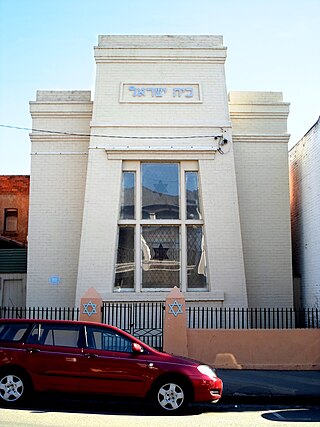
The Launceston Synagogue is a heritage-listed building located in St. John's Street, Launceston, Tasmania, Australia, that served as a synagogue from 1846 until 1871, and again during the c. 1930s until its closure in 1961 and reopened in 1984.
Charles Tiffin (1833–1873) was an English architect, who spent most of his career in Queensland, Australia where he held the post of Queensland Colonial Architect.
Nigel Drury Gresley Abbott was an Australian politician. He was a Liberal member of the Tasmanian House of Assembly from 1964 to 1972, representing the seat of Denison. Tasmania's first Minister for Road Safety, he resigned from the Liberal Party to stand as an independent after failing to get his road safety measures approved by the party.

John Tuthill Bagot was a South Australian politician.

Henry Hunter (1832–1892) was a prominent architect and civil servant in Tasmania and Queensland, Australia. He is best known for his work on churches. During his life was also at various times a state magistrate of Tasmania, a member of the Tasmanian State Board of Education, the Hobart Board of Health, a Commissioner for the New Norfolk Insane Asylum and President of the Queensland Institute of Architects.
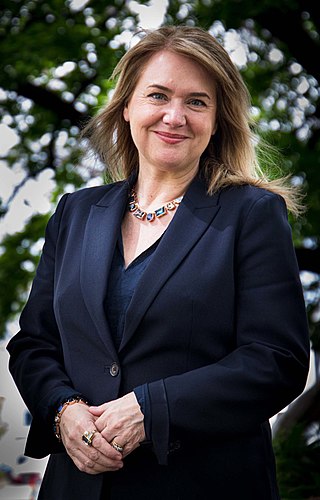
Madeleine Ruth Ogilvie is an Australian lawyer and politician. She is a Liberal Party member of the Tasmanian House of Assembly representing the Division of Clark and is a minister in the Second Rockliff ministry
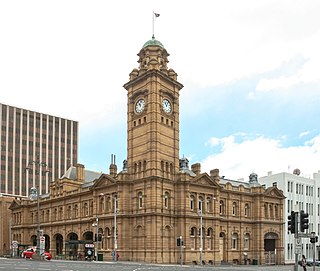
General Post Office is a landmark building located on the corner of Elizabeth Street and Macquarie Street in Hobart, Tasmania, Australia. It stands next to the former Mercury Building and has served as the headquarters of the Tasmanian Postal system since its construction in 1905, though mail processing has now been moved to Glenorchy.
Clonmel was a three-masted wooden paddle steamer built in Birkenhead, England, in 1836. Clonmel was one of the first steam-powered vessels on the Australian coast. It ran aground in the early hours of 2 January 1841, or the 3rd. and was wrecked on what is now known as Clonmel Island in Corner Inlet, Victoria. This was only its second voyage from Sydney.
The Finniss ministry was the 1st Ministry of the Government of South Australia, led by B. T. Finniss. It commenced on 24 October 1856 with the introduction of responsible government in South Australia, and the nomination by Governor Richard Graves MacDonnell of Finniss, the appointed Chief Secretary, as the first Premier of South Australia. The ministry operated for several months prior to the 1857 colonial election, which would elect the first House of Assembly. The first House of Assembly was elected in March 1857 and met in April. The Finniss ministry was succeeded by the Baker ministry on 21 August 1857, following their defeat on a confidence motion in the new House.
The Torrens ministry was the 3rd Ministry of the Government of South Australia, led by Robert Torrens. It commenced on 1 September 1857 following the defeat of the Baker ministry in the House of Assembly, and was succeeded by the Hanson ministry on 30 September when they were themselves defeated in the House. At 29 days in office, it was one of the shortest ministries in the history of South Australia.

Murray Street is one of four north-west roads within the Hobart City Centre (CBD). The street is named for Captain John Murray, commandant at Hobart Town, by Lachlan Macquarie. One of Hobart's original seven streets, Murray Street was formalised by surveyor James Meehan (1774-1826) on 25 November 1811.














